SENDING BACK SALMON TO THE SOUTH SEA
입력 2022.03.04 (15:15)
수정 2022.03.04 (16:51)
읽어주기 기능은 크롬기반의
브라우저에서만 사용하실 수 있습니다.
[Anchor Lead]
Salmon are anadromous, which means they hatch in freshwater, migrate to the ocean, and then return to freshwater to reproduce. In Korea, salmon generally return to the Gangwon-do region through the East Sea, but an experiment is underway to make the fish return to the rivers that run into the South Sea.
[Pkg]
The Dongcheon River flows through the city of Suncheon in Jeollanam-do Province and leads out to the South Sea.
[Soundbite] "(I hope to see you guys again! Stay healthy!) See you later!"
Fifty-thousand salmon fry are released into the Dongcheon River. They swim eagerly out of the cramped bowls and into the big ocean.
[Soundbite] Park Jin-hyeok(Suncheon Resident) : "If the salmon return, Suncheon will be further thought of as a clean place to live."
Salmon swim out to the sea after hatching in rivers. Then they continue to grow in the North Pacific Ocean for up to four years before returning to the place where they hatched. In Korea, salmon generally return to the rivers in Yangyang, Samcheok and Uljin through the East Sea. But in 2020, several dozens of fully grown salmon were discovered in Suncheon in southern Korea. They are presumed to be the ones released there as an experiment in 2017. So this year, fisheries authorities decided to put in identifying marks inside the salmon before they’re released to the South Sea to find out for certain whether they return to southern rivers.
[Soundbite] Lee Sang-woo(Researcher, Korea Fisheries Resources Agency) : "Otolith thermal marking is a fish identification method using the structural marks on a small stone-like piece inside incubating fish. Water temperature fluctuations cause the ring-like marks to appear."
Salmon have to swim for about twenty-thousand kilometers to return home.
[Soundbite] Choi Jeong-min(Ecological Research Team, Suncheon City Gov’t) : "Fishermen’s income will increase and we can turn fly fishing into a tourist attraction."
Perhaps these salmon can one day call the rivers in the southern region their home.
Salmon are anadromous, which means they hatch in freshwater, migrate to the ocean, and then return to freshwater to reproduce. In Korea, salmon generally return to the Gangwon-do region through the East Sea, but an experiment is underway to make the fish return to the rivers that run into the South Sea.
[Pkg]
The Dongcheon River flows through the city of Suncheon in Jeollanam-do Province and leads out to the South Sea.
[Soundbite] "(I hope to see you guys again! Stay healthy!) See you later!"
Fifty-thousand salmon fry are released into the Dongcheon River. They swim eagerly out of the cramped bowls and into the big ocean.
[Soundbite] Park Jin-hyeok(Suncheon Resident) : "If the salmon return, Suncheon will be further thought of as a clean place to live."
Salmon swim out to the sea after hatching in rivers. Then they continue to grow in the North Pacific Ocean for up to four years before returning to the place where they hatched. In Korea, salmon generally return to the rivers in Yangyang, Samcheok and Uljin through the East Sea. But in 2020, several dozens of fully grown salmon were discovered in Suncheon in southern Korea. They are presumed to be the ones released there as an experiment in 2017. So this year, fisheries authorities decided to put in identifying marks inside the salmon before they’re released to the South Sea to find out for certain whether they return to southern rivers.
[Soundbite] Lee Sang-woo(Researcher, Korea Fisheries Resources Agency) : "Otolith thermal marking is a fish identification method using the structural marks on a small stone-like piece inside incubating fish. Water temperature fluctuations cause the ring-like marks to appear."
Salmon have to swim for about twenty-thousand kilometers to return home.
[Soundbite] Choi Jeong-min(Ecological Research Team, Suncheon City Gov’t) : "Fishermen’s income will increase and we can turn fly fishing into a tourist attraction."
Perhaps these salmon can one day call the rivers in the southern region their home.
■ 제보하기
▷ 카카오톡 : 'KBS제보' 검색, 채널 추가
▷ 전화 : 02-781-1234, 4444
▷ 이메일 : kbs1234@kbs.co.kr
▷ 유튜브, 네이버, 카카오에서도 KBS뉴스를 구독해주세요!
- SENDING BACK SALMON TO THE SOUTH SEA
-
- 입력 2022-03-04 15:15:17
- 수정2022-03-04 16:51:48
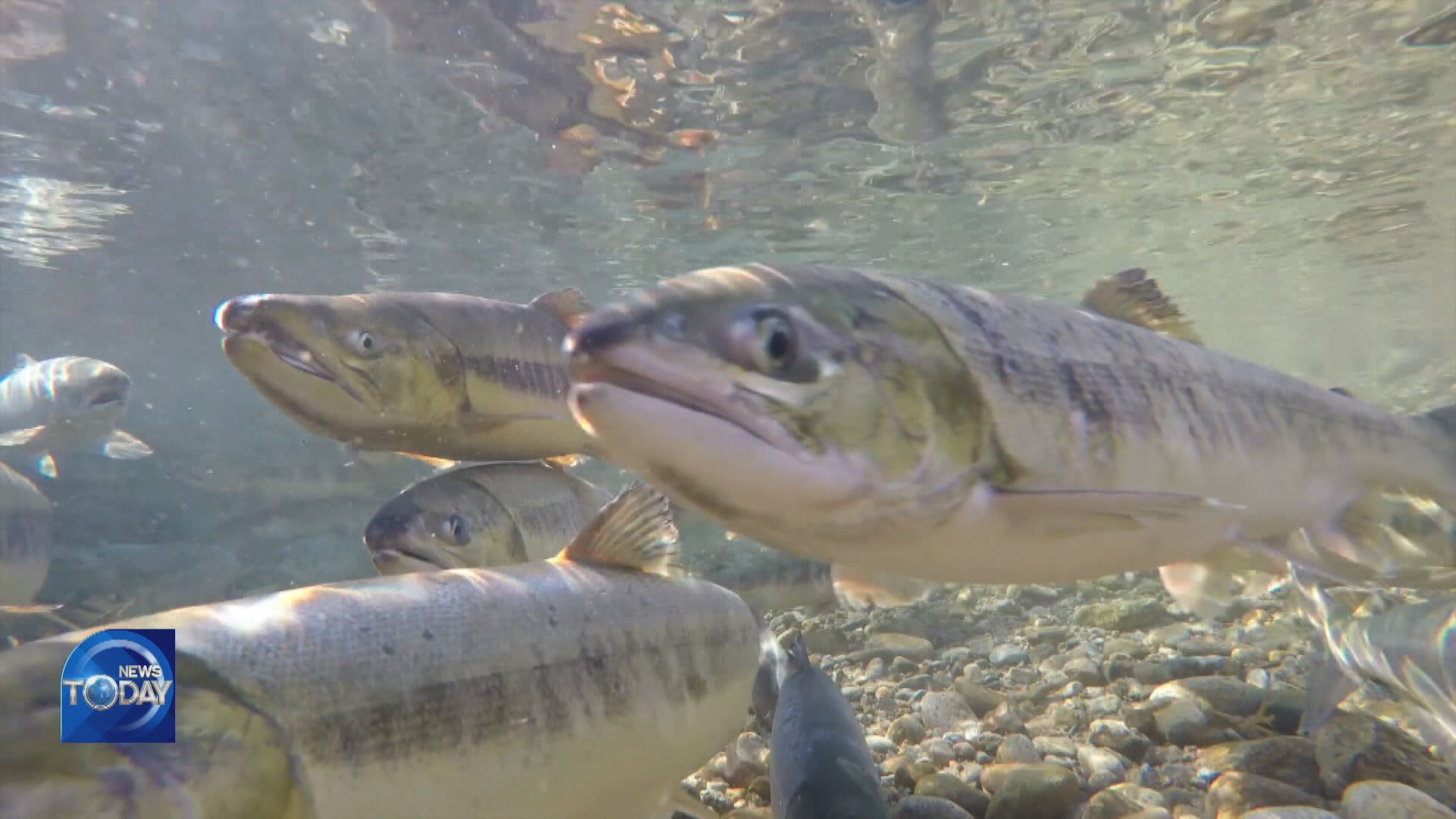
[Anchor Lead]
Salmon are anadromous, which means they hatch in freshwater, migrate to the ocean, and then return to freshwater to reproduce. In Korea, salmon generally return to the Gangwon-do region through the East Sea, but an experiment is underway to make the fish return to the rivers that run into the South Sea.
[Pkg]
The Dongcheon River flows through the city of Suncheon in Jeollanam-do Province and leads out to the South Sea.
[Soundbite] "(I hope to see you guys again! Stay healthy!) See you later!"
Fifty-thousand salmon fry are released into the Dongcheon River. They swim eagerly out of the cramped bowls and into the big ocean.
[Soundbite] Park Jin-hyeok(Suncheon Resident) : "If the salmon return, Suncheon will be further thought of as a clean place to live."
Salmon swim out to the sea after hatching in rivers. Then they continue to grow in the North Pacific Ocean for up to four years before returning to the place where they hatched. In Korea, salmon generally return to the rivers in Yangyang, Samcheok and Uljin through the East Sea. But in 2020, several dozens of fully grown salmon were discovered in Suncheon in southern Korea. They are presumed to be the ones released there as an experiment in 2017. So this year, fisheries authorities decided to put in identifying marks inside the salmon before they’re released to the South Sea to find out for certain whether they return to southern rivers.
[Soundbite] Lee Sang-woo(Researcher, Korea Fisheries Resources Agency) : "Otolith thermal marking is a fish identification method using the structural marks on a small stone-like piece inside incubating fish. Water temperature fluctuations cause the ring-like marks to appear."
Salmon have to swim for about twenty-thousand kilometers to return home.
[Soundbite] Choi Jeong-min(Ecological Research Team, Suncheon City Gov’t) : "Fishermen’s income will increase and we can turn fly fishing into a tourist attraction."
Perhaps these salmon can one day call the rivers in the southern region their home.
Salmon are anadromous, which means they hatch in freshwater, migrate to the ocean, and then return to freshwater to reproduce. In Korea, salmon generally return to the Gangwon-do region through the East Sea, but an experiment is underway to make the fish return to the rivers that run into the South Sea.
[Pkg]
The Dongcheon River flows through the city of Suncheon in Jeollanam-do Province and leads out to the South Sea.
[Soundbite] "(I hope to see you guys again! Stay healthy!) See you later!"
Fifty-thousand salmon fry are released into the Dongcheon River. They swim eagerly out of the cramped bowls and into the big ocean.
[Soundbite] Park Jin-hyeok(Suncheon Resident) : "If the salmon return, Suncheon will be further thought of as a clean place to live."
Salmon swim out to the sea after hatching in rivers. Then they continue to grow in the North Pacific Ocean for up to four years before returning to the place where they hatched. In Korea, salmon generally return to the rivers in Yangyang, Samcheok and Uljin through the East Sea. But in 2020, several dozens of fully grown salmon were discovered in Suncheon in southern Korea. They are presumed to be the ones released there as an experiment in 2017. So this year, fisheries authorities decided to put in identifying marks inside the salmon before they’re released to the South Sea to find out for certain whether they return to southern rivers.
[Soundbite] Lee Sang-woo(Researcher, Korea Fisheries Resources Agency) : "Otolith thermal marking is a fish identification method using the structural marks on a small stone-like piece inside incubating fish. Water temperature fluctuations cause the ring-like marks to appear."
Salmon have to swim for about twenty-thousand kilometers to return home.
[Soundbite] Choi Jeong-min(Ecological Research Team, Suncheon City Gov’t) : "Fishermen’s income will increase and we can turn fly fishing into a tourist attraction."
Perhaps these salmon can one day call the rivers in the southern region their home.
이 기사가 좋으셨다면
-
좋아요
0
-
응원해요
0
-
후속 원해요
0










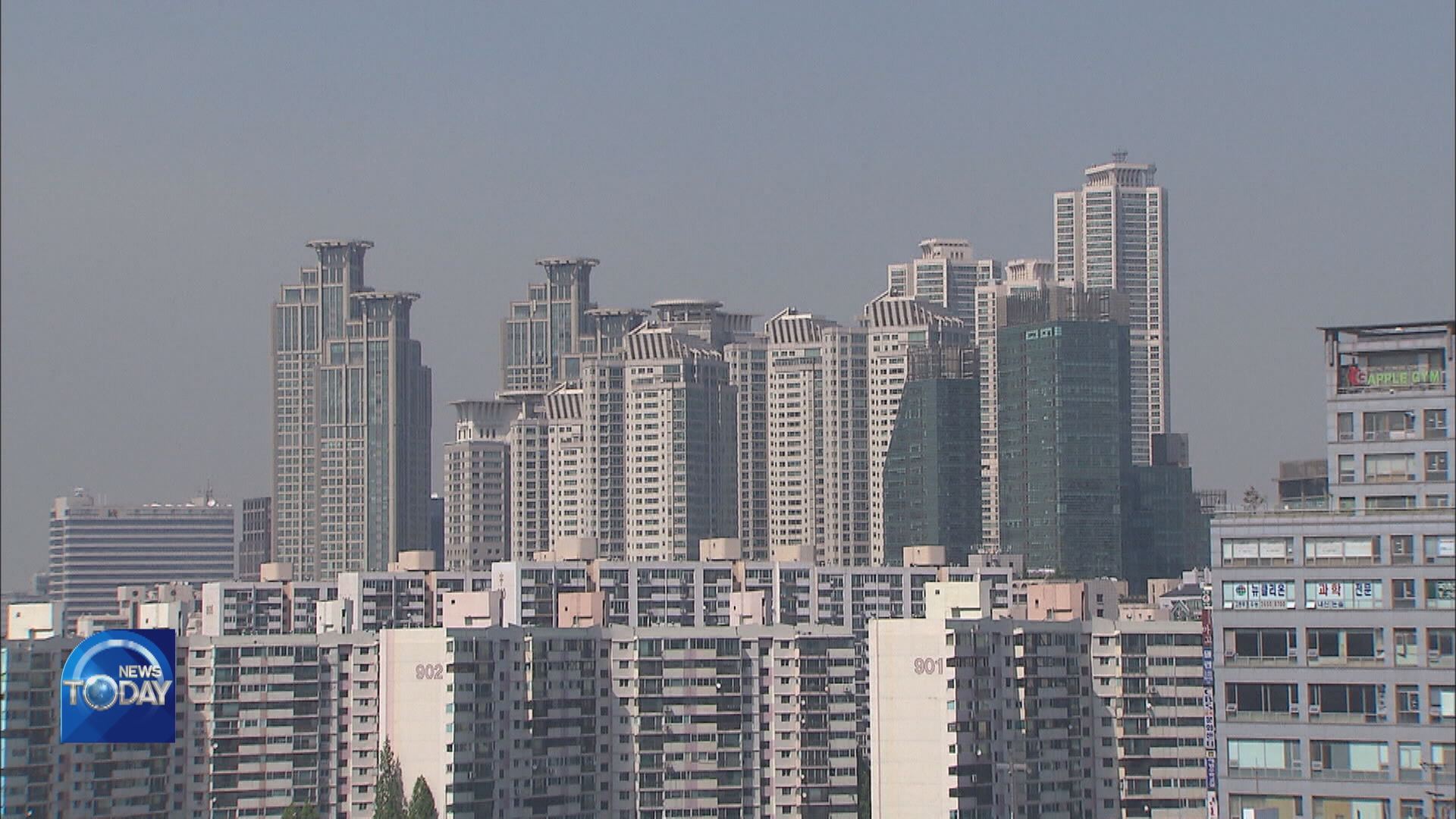
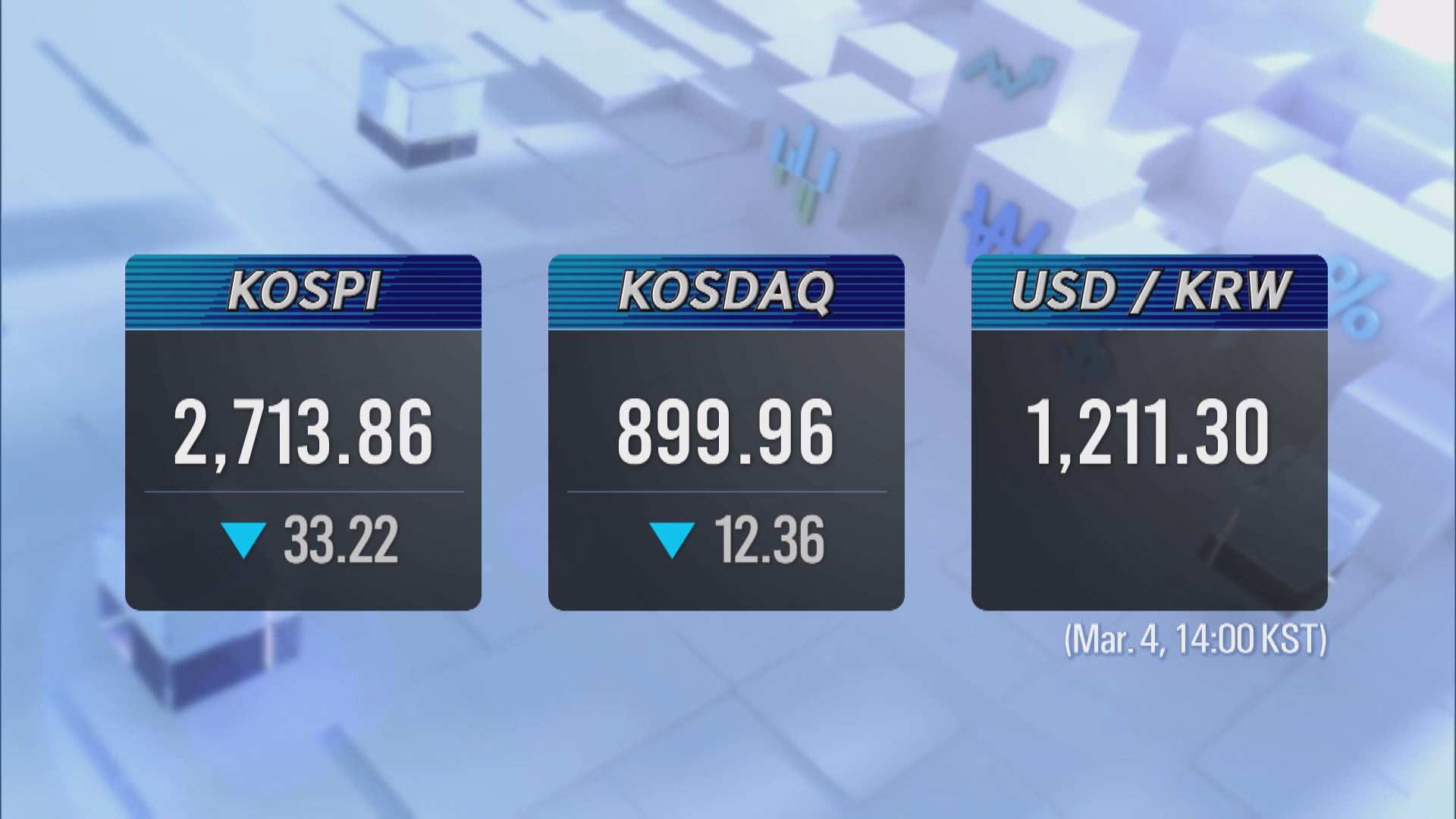

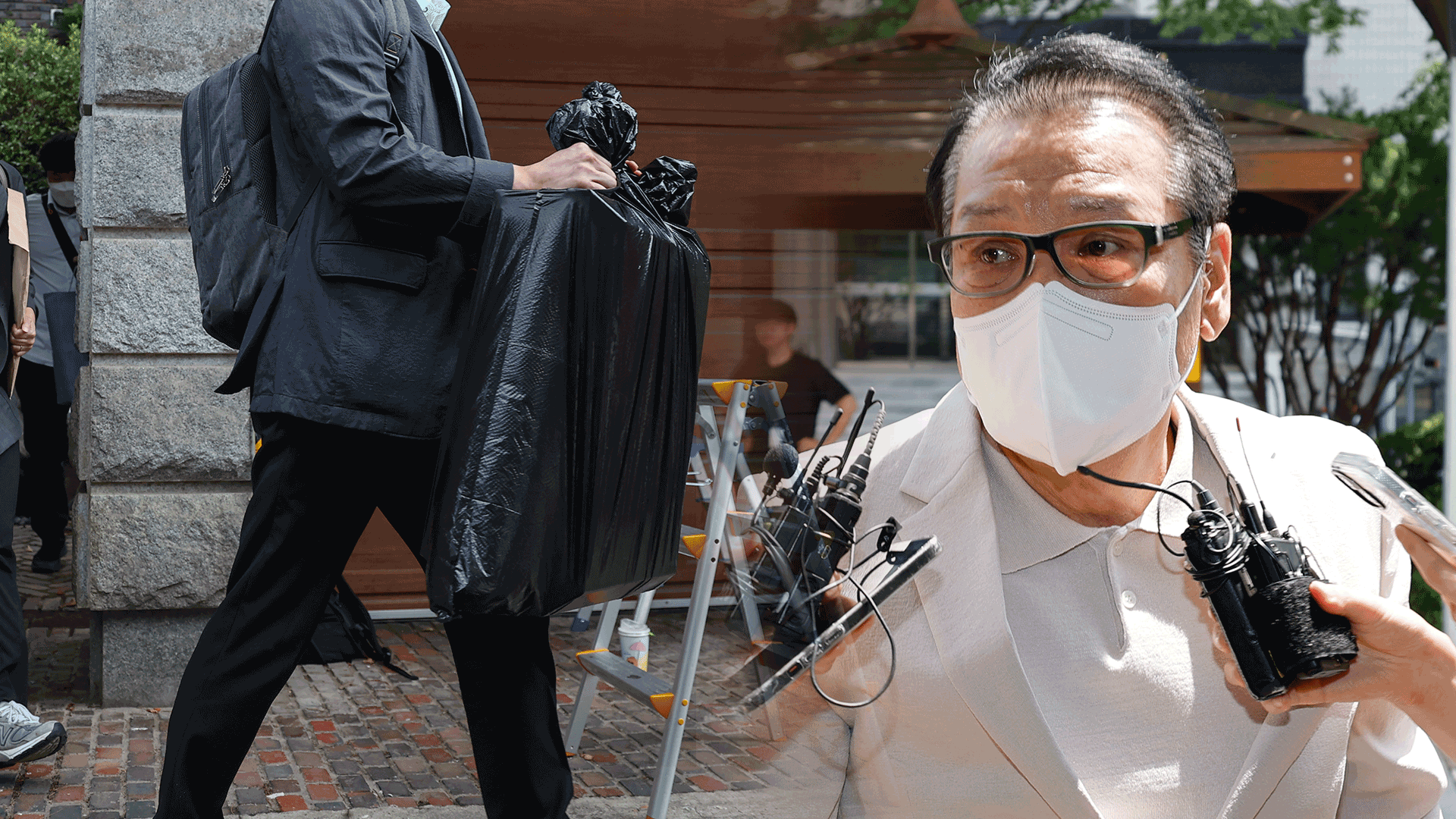
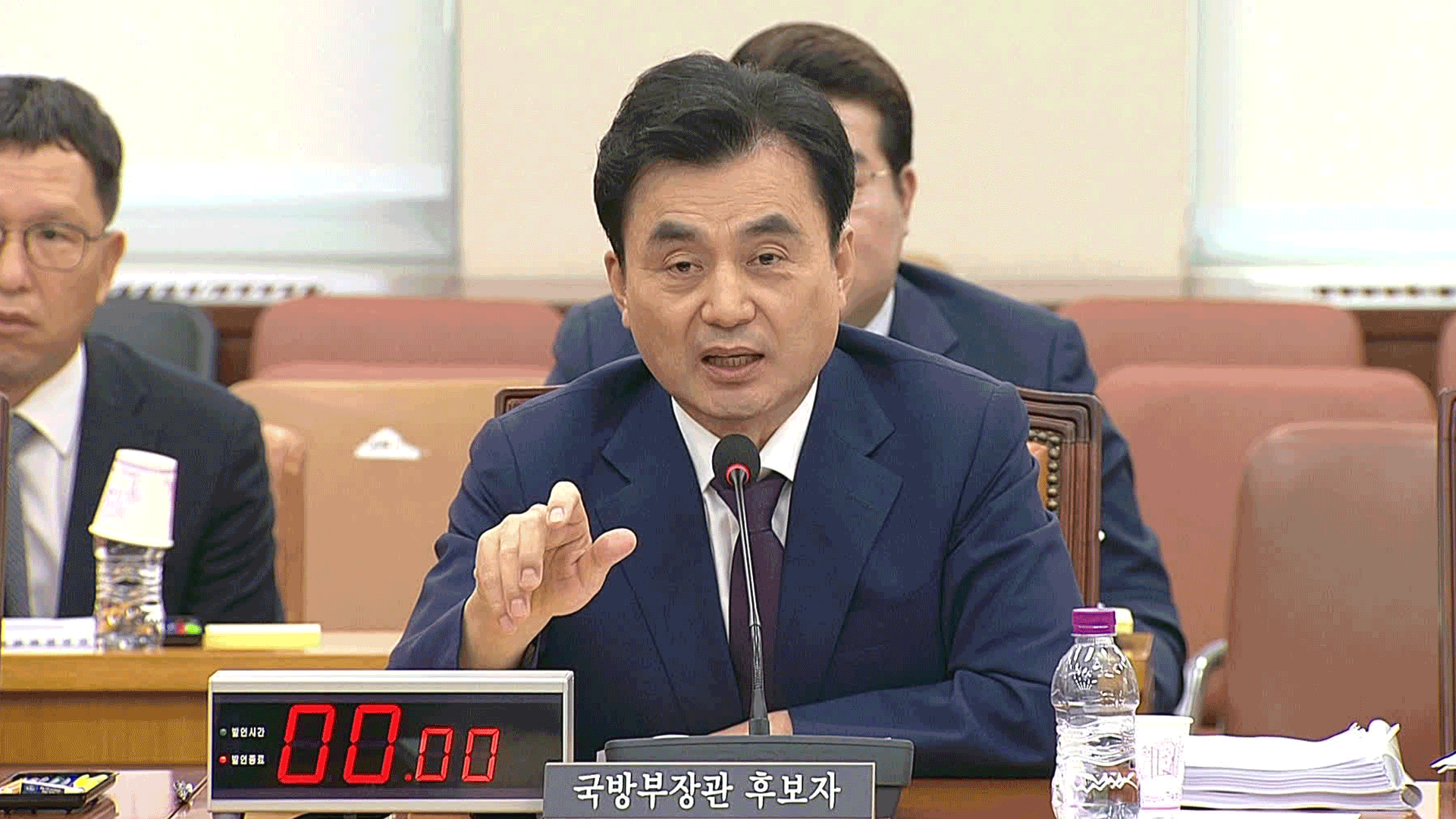
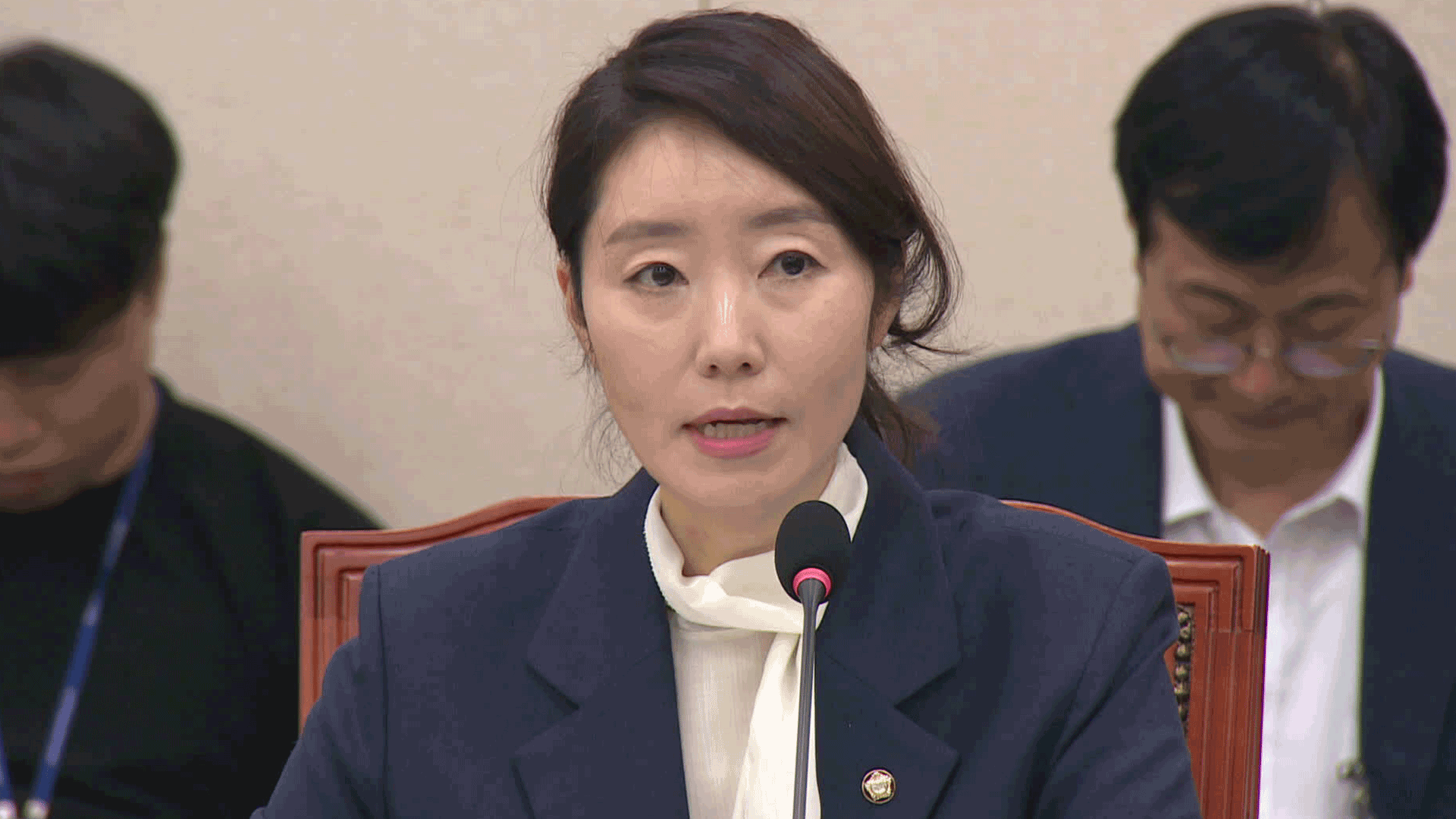

이 기사에 대한 의견을 남겨주세요.